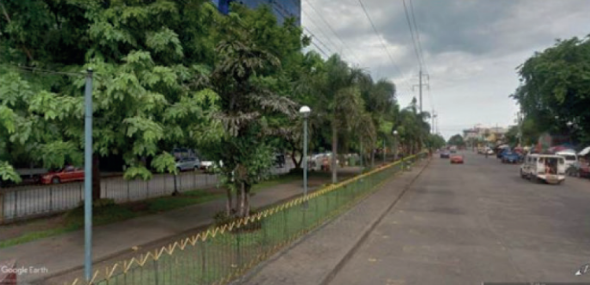Davao City’s dual thoroughfares have good landform, light and color, and vegetation, and are relatively peaceful according to quantitative study
12 Feb 2024

This study sought to assess the visual quality of dual thoroughfare streetscapes in Davao City, specifically identifying existing visual components in terms of landscape layer, landform, vegetation, light and color, compatibility, archetypal elements and its character of peace and silence. Davao City had a consistent score in its streetscapes, garnering not the highest but a relatively high score. The results showed that the presence of landscape layers, light and color, vegetation, and character of peace and silence seemed to be the most critical visual components in its overall contemplative score. Of the city’s streets, the highest visual quality score was obtained by Roxas Avenue with a mean of 4.44. The lowest was received by Manambulan-Tagakpan Road with a mean of 4.07. Based on the overall ranking system in the contemplative score, Davao City got a relatively high rank. The presence of vegetation, particularly the young to fully grown trees, also produces more shade which provides thermal comfort and a cooler experience in the streetscape. The association between the individual visual landscape component scores against the overall visual quality resulted in a landscape layer of 0.825 and vegetation of 0.824, which showed a significant correlation. The significant findings among the components is the indication of landforms which greatly contributed to the total score.
The significance of this research lies in its use of a quantitative approach to: (1) evaluate the visual qualities of dual thoroughfare streetscapes in Davao City, (2) determine what underlying and prevalent components will enhance these sceneries, and (3) identify the association of these components in order to determine the necessary requirements for a streetscape to be able to transform a city and the way of living for its people. The findings of this work have practical implications for urban planners, landscape architects, and policymakers, so they can formulate informed design strategies and prioritize appropriate interventions that will enhance the visual quality of dual thoroughfare streetscapes in Davao City.
Authors: Jean Marie V. Juanga (University of the Philippines Mindanao) and Mario R. Delos Reyes (School of Urban and Regional Planning, University of the Philippines Diliman)
Read the full paper: https://journals.sagepub.com/doi/abs/10.1177/09754253221122743
